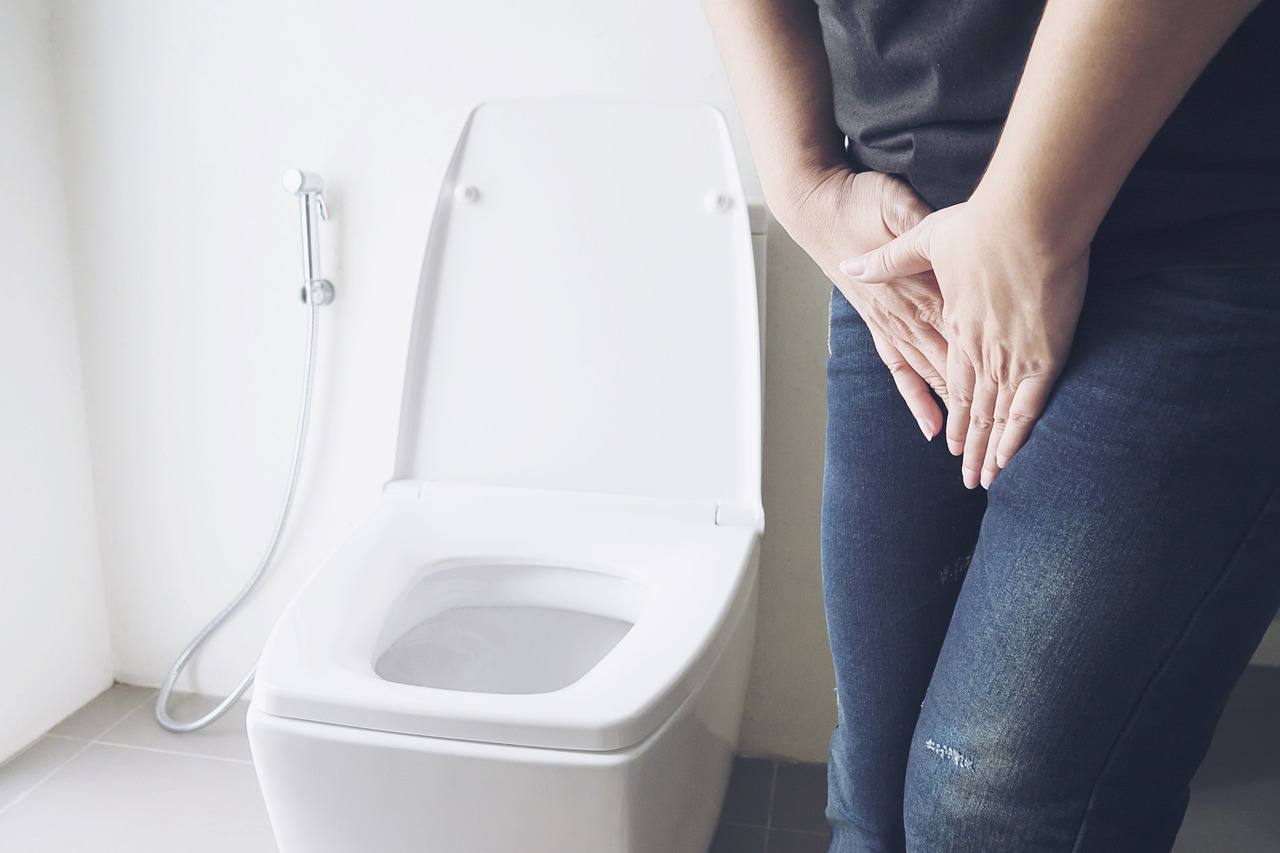Stress urinary incontinence (SUI) is the most common type of incontinence in women. The National Library of Medicine reports that 15.7% of adult women are affected by this condition. It is characterized by the unintended loss of urine during activities that increase pressure on the bladder, like coughing, sneezing, or physical exercise. This condition can significantly affect an individual’s quality of life.
Fortunately, there are various treatment options available, ranging from lifestyle changes and non-surgical interventions to surgical procedures. This guide explores these options.
Understanding Stress Urinary Incontinence
Stress urinary incontinence occurs when the muscles and tissues supporting the bladder become weakened or damaged. This can result from several factors, including childbirth, aging, hormonal changes, obesity, or previous surgeries. The condition can vary in severity, from occasional leakage to more frequent and severe episodes.
Non-Surgical Treatment Options
Making changes to your daily habits can help manage symptoms of SUI. These modifications include:
- Weight Management: Increasing body weight is closely linked to a higher risk of urinary incontinence (UI) in older women, as noted by News-Medical. In those with obesity, defined as having a BMI over 40 kg/m², the prevalence of incontinence can soar to nearly 60% to 70%. Keeping a healthy weight can alleviate pressure on the bladder and significantly improve symptoms.
- Fluid Management: Monitoring fluid intake and steering clear of bladder irritants, such as caffeine and alcohol, can play a crucial role in managing symptoms. By regulating the amount and type of fluids consumed, individuals can reduce the frequency and urgency of their need to urinate.
- Dietary Adjustments: Eating a balanced diet rich in fiber is essential for preventing constipation, a condition that can worsen urinary incontinence. A high-fiber diet helps maintain regular bowel movements and reduces the strain on the pelvic floor muscles. Constipation often leads to increased pressure on the bladder, which can aggravate incontinence symptoms.
Pelvic Floor Exercises
Also known as Kegel exercises, pelvic floor muscle training (PFMT) focuses on strengthening the pelvic floor muscles that support the bladder. According to research by the National Library of Medicine, women who engaged in individualized PFMT experienced a substantial 70% reduction in urinary incontinence episodes. By enhancing the strength and endurance of these muscles, PFMT helps improve bladder control and reduce leakage, making it a highly effective treatment.
Bladder Training
Bladder training involves a structured approach to managing urinary incontinence by implementing scheduled voiding and gradually extending the intervals between bathroom visits. This technique aims to help the bladder adapt to holding larger volumes of urine, thereby improving its capacity and control.
Medications
While less commonly used specifically for stress urinary incontinence, certain medications may help manage symptoms or address underlying conditions contributing to the issue. For instance, duloxetine is an antidepressant that can help improve sphincter muscle tone and reduce leakage. Topical estrogen can help strengthen the tissues of the vaginal and urethral walls, potentially improving control.
Additionally, alpha-adrenergic agonists, like midodrine, can increase the muscle tone around the urethra. However, these medications are typically considered when other treatments have not been effective.
Surgical Treatment Options
When non-surgical treatments are not sufficient, surgical options may be considered. These surgeries aim to restore support to the bladder and improve urinary control. Here are some common surgical interventions:
Transvaginal Mesh Implant
One of the prevalent surgical options for treating stress urinary incontinence is the implantation of transvaginal mesh. This synthetic mesh is designed to support the bladder and urethra. Many patients have reported improved urinary control and an enhanced quality of life after the procedure.
However, the use of transvaginal mesh has come under intense scrutiny in recent years due to complications reported by some patients. According to TorHoerman Law, issues such as infection, erosion, pain, and discomfort have led to follow-up surgeries for mesh removal. Consequently, manufacturers of these devices have faced numerous legal actions.
Women seeking compensation through the transvaginal mesh lawsuit have led to substantial legal battles due to the adverse effects experienced by these devices. These actions have resulted in companies paying out an estimated $8 billion in verdicts and settlements across 48 states as of 2024, Drugwatch reports. While 95% of these lawsuits have been resolved, attorneys continue to pursue new cases, highlighting ongoing concerns and the need for continued advocacy.
Mid-Urethral Sling Procedures
These minimally invasive procedures involve placing a mesh tape beneath the mid-urethra to provide additional support to the bladder. A thin strip of mesh is used to create the sling to treat stress urinary incontinence. WebMD notes that your surgeon will place it under your urethra using one of three methods, each taking about 30 minutes:
- Retropubic method (TVT method): A small incision is made inside the vagina, under the urethra, with two tiny cuts above the pubic bone. A needle is used to place the sling under the urethra and behind the pubic bone, and the cuts are closed.
- Transobturator method: Small incisions are made inside the vagina and on each side of the labia. The sling is placed under the urethra through these openings.
- Single-incision mini method: A single small incision in the vagina is used to place the sling.
Autologous Fascial Sling
This technique uses tissue taken from the patient’s own body to create a sling that supports the bladder neck. It is a well-established method with a lower risk of complications compared to synthetic mesh procedures.
Burch Colposuspension
This procedure involves suturing the tissues around the bladder neck to offer enhanced support to the bladder. Known for its long-standing effectiveness, it is a traditional approach that has been used successfully for many years. The technique focuses on reinforcing the bladder’s position, aiming to alleviate symptoms of stress urinary incontinence and improve overall bladder function.
Injectable Bulking Agents
In this procedure, a bulking agent such as silicone is injected into the urethral wall. The bulking agent thickens the urethra’s lining, offering extra support. This enhancement reduces leakage by improving the urethra’s closure during physical activities or increased abdominal pressure. This technique is generally considered for patients who are not suitable candidates for more invasive surgical options.
Making an Informed Decision
Choosing the right treatment for stress urinary incontinence involves evaluating various factors, including the severity of your symptoms, overall health, and personal preferences. Before making a decision on the treatment options, always:
- Consult a Specialist: Work with a urologist or gynecologist who specializes in urinary incontinence. They can provide a thorough evaluation and recommend the most appropriate treatment options.
- Discuss Risks and Benefits: Understand the potential risks and benefits of each treatment option, including any associated with surgical interventions like the transvaginal mesh.
- Consider Lifestyle Impact: Reflect on how each treatment may impact your daily life and choose an option that aligns with your personal goals and lifestyle.
- Seek a Second Opinion: If you are uncertain about a recommended treatment, consider seeking a second opinion to explore alternative options and gain additional perspectives.
FAQs
Can men experience stress urinary incontinence (SUI)?
Yes, men can experience stress urinary incontinence (SUI). Although SUI is often linked with women, it is also a significant concern for men, especially after prostate surgeries such as prostatectomy. Additionally, men with certain medical conditions, such as neurological disorders or pelvic injuries, may be at risk.
How does pregnancy lead to stress urinary incontinence (SUI)?
During pregnancy, the growing uterus exerts significant pressure on the bladder. This added pressure can weaken the pelvic floor muscles and the support structures around the urethra. As a result, it becomes more difficult to control urinary function, which leads to leakage.
Does the number of pregnancies affect the likelihood of developing stress urinary incontinence?
Yes, multiple pregnancies can increase the risk of developing stress urinary incontinence. Each pregnancy can put additional strain on the pelvic floor muscles, leading to a higher likelihood of experiencing SUI. However, individual factors such as the duration of labor and delivery methods also play a role.
Overall, stress urinary incontinence can be challenging. However, various treatment options are available to manage symptoms and enhance quality of life. From lifestyle changes and non-surgical treatments to various surgical procedures, there is no one-size-fits-all solution.
By evaluating your options and consulting with healthcare professionals, you can make an informed choice that best addresses your needs and improves your well-being.

